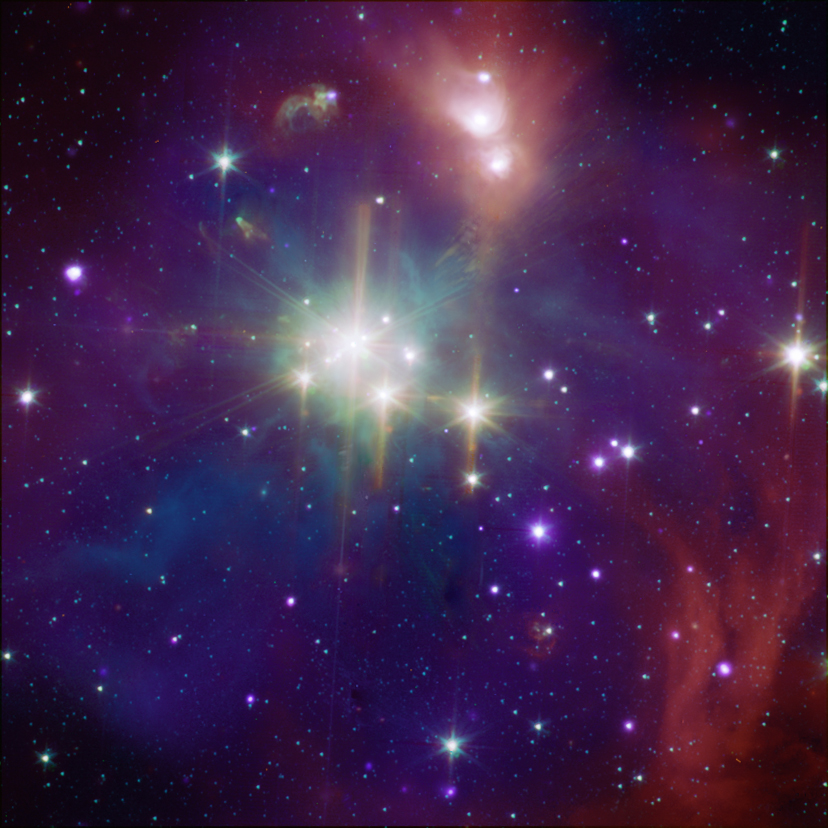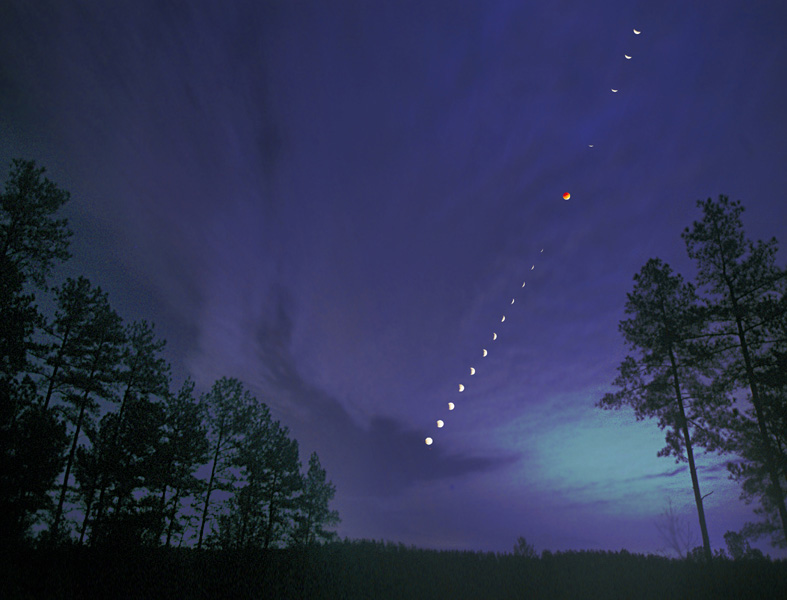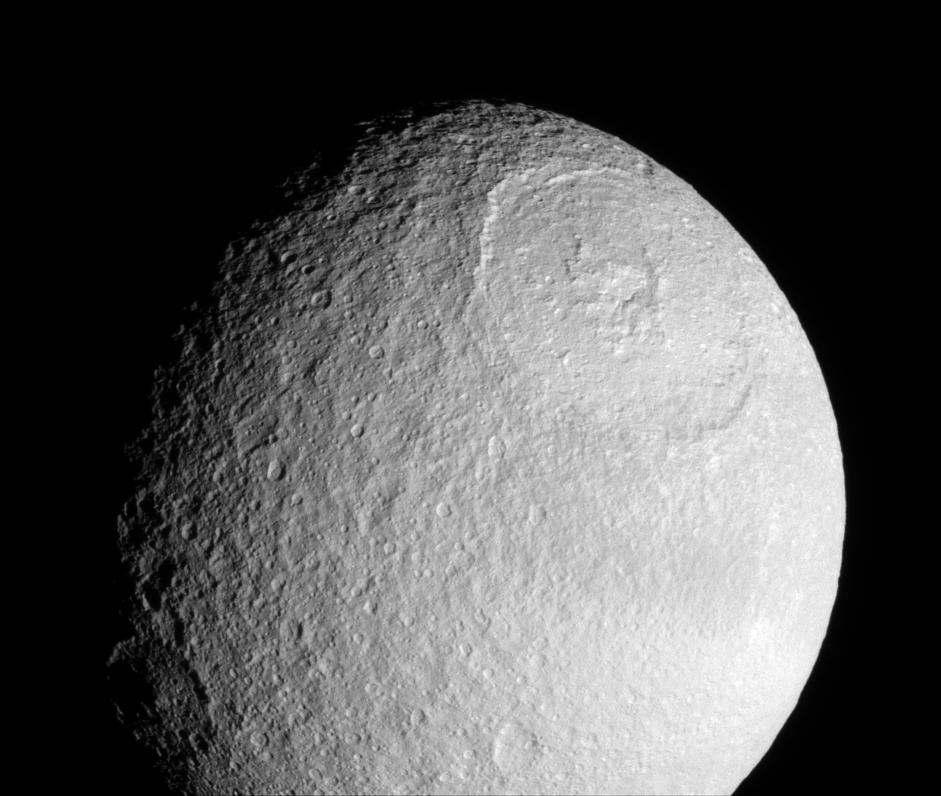 I chose this picture because it is of the Corona Australis, or the Southern Crown, which is one of our constellations of the week. In this picture we see infrared light coming from stars and cosmic dust, as well as x-rays coming from developing young stars. Clearly, this picture is done in false color because neither x-rays nor infrared light is visible. The grouping of bright stars is called the Coronet Cluster and it's interesting because it is made up of stars with very different sizes, as well as different stages of development. This cluster is about 420 light-years away from us, which is a relatively short distance. The image comes from the Chandra orbiting observatory and the Spitzer Space Telescope.
I chose this picture because it is of the Corona Australis, or the Southern Crown, which is one of our constellations of the week. In this picture we see infrared light coming from stars and cosmic dust, as well as x-rays coming from developing young stars. Clearly, this picture is done in false color because neither x-rays nor infrared light is visible. The grouping of bright stars is called the Coronet Cluster and it's interesting because it is made up of stars with very different sizes, as well as different stages of development. This cluster is about 420 light-years away from us, which is a relatively short distance. The image comes from the Chandra orbiting observatory and the Spitzer Space Telescope.
Friday, September 28, 2007
1.5 APOD
 I chose this picture because it is of the Corona Australis, or the Southern Crown, which is one of our constellations of the week. In this picture we see infrared light coming from stars and cosmic dust, as well as x-rays coming from developing young stars. Clearly, this picture is done in false color because neither x-rays nor infrared light is visible. The grouping of bright stars is called the Coronet Cluster and it's interesting because it is made up of stars with very different sizes, as well as different stages of development. This cluster is about 420 light-years away from us, which is a relatively short distance. The image comes from the Chandra orbiting observatory and the Spitzer Space Telescope.
I chose this picture because it is of the Corona Australis, or the Southern Crown, which is one of our constellations of the week. In this picture we see infrared light coming from stars and cosmic dust, as well as x-rays coming from developing young stars. Clearly, this picture is done in false color because neither x-rays nor infrared light is visible. The grouping of bright stars is called the Coronet Cluster and it's interesting because it is made up of stars with very different sizes, as well as different stages of development. This cluster is about 420 light-years away from us, which is a relatively short distance. The image comes from the Chandra orbiting observatory and the Spitzer Space Telescope.
Friday, September 21, 2007
1.4 APOD
This photo was taken in 2003 in North Carolina. In this photo, the moon will seem to disappear for a couple of days. When this picture was taken, Earth moved between the sun and the moon, making the moon appear very dark, almost invisible. The next time there will be a visible total lunar eclipse is next February.
In this photo, the moon will seem to disappear for a couple of days. When this picture was taken, Earth moved between the sun and the moon, making the moon appear very dark, almost invisible. The next time there will be a visible total lunar eclipse is next February.
 In this photo, the moon will seem to disappear for a couple of days. When this picture was taken, Earth moved between the sun and the moon, making the moon appear very dark, almost invisible. The next time there will be a visible total lunar eclipse is next February.
In this photo, the moon will seem to disappear for a couple of days. When this picture was taken, Earth moved between the sun and the moon, making the moon appear very dark, almost invisible. The next time there will be a visible total lunar eclipse is next February.
1.3 APOD
 This is a volcano called Tungurahua in Ecuador. It is 5,000 meters high. The volcano is currently active, and its last major eruption, which took place on August 16 of last year is seen in this photo. Ash and gases are spewing from the volcano. This volcano is still erupting today, but not violently. The ash that is erupting into the air is made up of jagged peices of rock and glass. The white clouds of steam surrounding the volcano show how hot the volcano is while erupting.
This is a volcano called Tungurahua in Ecuador. It is 5,000 meters high. The volcano is currently active, and its last major eruption, which took place on August 16 of last year is seen in this photo. Ash and gases are spewing from the volcano. This volcano is still erupting today, but not violently. The ash that is erupting into the air is made up of jagged peices of rock and glass. The white clouds of steam surrounding the volcano show how hot the volcano is while erupting.Friday, September 14, 2007
APOD 1.2
 THE GREAT BASIN ON SATURN'S TETHYS
THE GREAT BASIN ON SATURN'S TETHYSThis picture of Saturn's moon, Tethys, is really interesting. The picture was taken by the Cassini Spacecraft while orbiting the moon in July. Tethys is one of Saturn's larger moons with a diameter of about 1000 kilometers. One of the most interesting features revealed by the image is that of Tethys' large basin, Odysseus. Scientists believe that many moons would not survive the imapct from an object large enough to create a crater of that size. The fact that the crater did not shatter on impact shows that the moon is warm and malleable, possible with a liquid center. The crater alone is about 2/5 the size of the moon, or about 400 kilometers in diameter. Tethys is also home to another large crater called Melanthius.
Tuesday, September 11, 2007
Observation 1.2
Date: September 7, 2007
Time: 8:50-9:10
Place: Bee Ridge (East of the interstate)
Sky conditions: Clear skies
Planets: Jupiter was visible.
Bright Stars: The only stars that I could identify were Polaris and Antares, Scorpius was in the sky.
Other: Iridium 70 was visible due North. It was very bright to begin with (-7 Magnitude to begin with). It faded and was no longer visible at about 15 degrees above the horizon.
It was a very clear night and there were lots of stars. The moon was a waning crescent, and it was not visible.
Time: 8:50-9:10
Place: Bee Ridge (East of the interstate)
Sky conditions: Clear skies
Planets: Jupiter was visible.
Bright Stars: The only stars that I could identify were Polaris and Antares, Scorpius was in the sky.
Other: Iridium 70 was visible due North. It was very bright to begin with (-7 Magnitude to begin with). It faded and was no longer visible at about 15 degrees above the horizon.
It was a very clear night and there were lots of stars. The moon was a waning crescent, and it was not visible.
Observation 1.1
Date: August 22, 2007
Time: 9:40-10:00
Place: Bee Ridge (East of the interstate)
Conditions: Clear sky
Planets: The only one I could identify was Jupiter which was about 6 degrees away from the moon.
Stars: Antares was about 3 degrees South of Jupiter.
Other: I also did some observations on 8/21 and found that the moon shifted South from that date. Scorpius is in the sky, but I could not find the entire constellation.
Time: 9:40-10:00
Place: Bee Ridge (East of the interstate)
Conditions: Clear sky
Planets: The only one I could identify was Jupiter which was about 6 degrees away from the moon.
Stars: Antares was about 3 degrees South of Jupiter.
Other: I also did some observations on 8/21 and found that the moon shifted South from that date. Scorpius is in the sky, but I could not find the entire constellation.
Friday, September 7, 2007
APOD 1.1
 TIME TUNNEL
TIME TUNNELThis photograph is really amazing. It's interesting because it allows you to see both stars and galaxies. The closest stars are the skipey looking ones, while the galaxies are the fuzzy looking objects. It's impressive that it was taken by an amature astronomer. There is even a quasar in the photo that is 12.7 billion light years away. Quasars are among the most distant mesuarble objects. They are interesting because they emit huge amounts of energy but it's debated where the energy comes from. Some astronomers believe that the energy comes from a giant black hole that feeds on gas, dust, and other stars.
Subscribe to:
Posts (Atom)